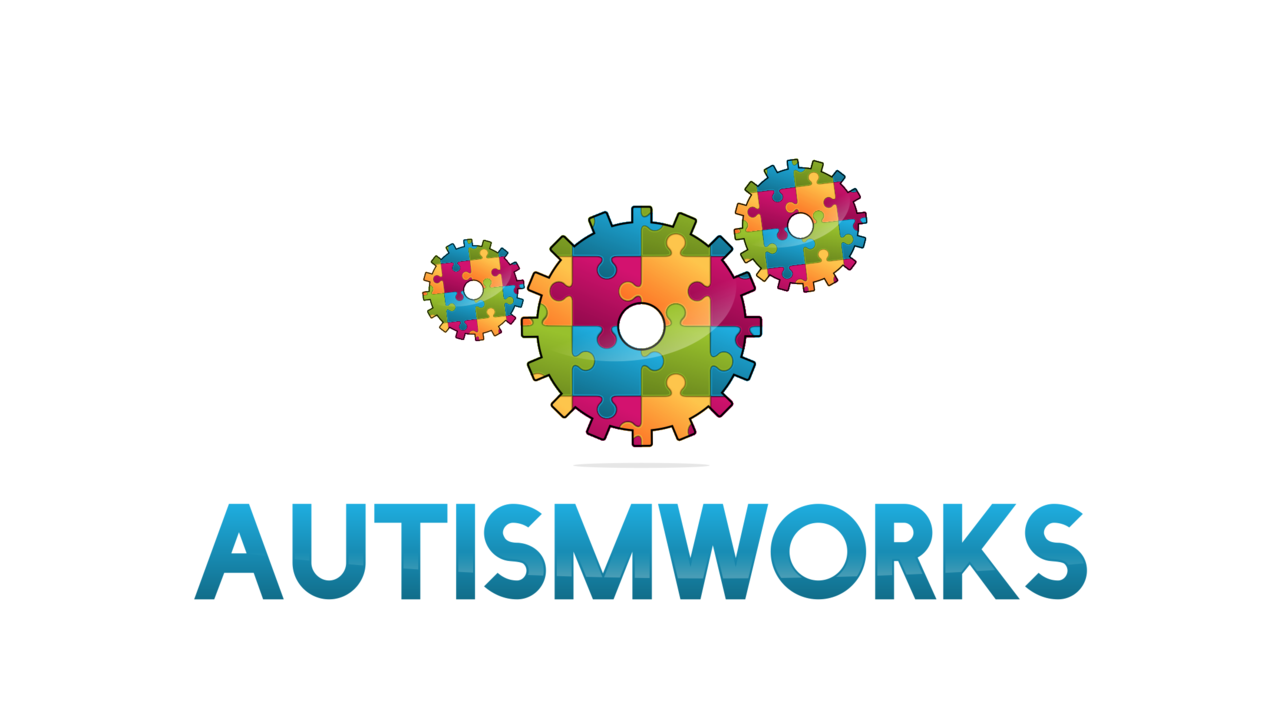
Balancing Solitude and Socializing in Autism
Jul 03, 2024
Art and Music in Autism Education: A Creative Fusion
May 01, 2024
Welcome to AutismWorks!
Mar 01, 2017






